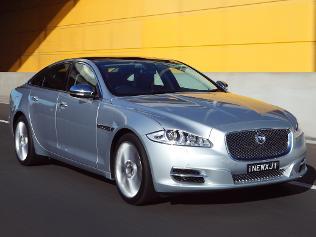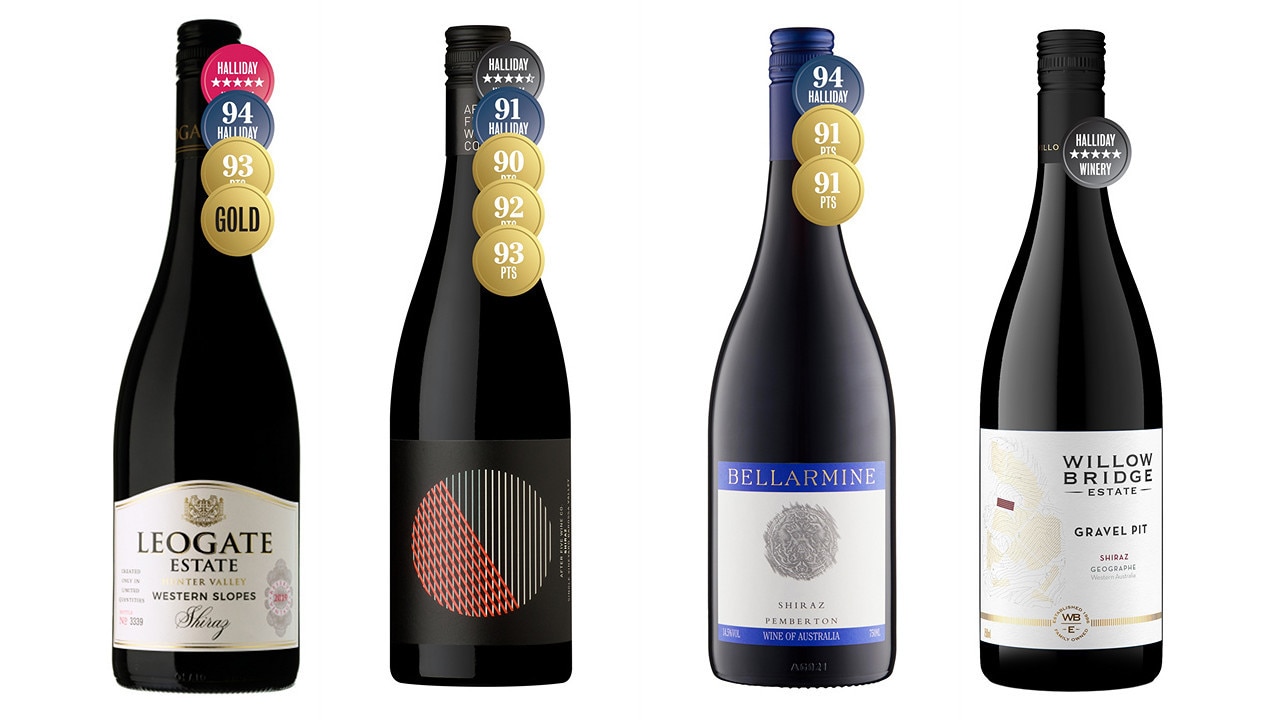Jaguar leaps into the future
The British marque has gone up-market and landed on its feet

The British marque has gone up-market and landed on its feet
THE last time Jaguar redesigned the XJ, its flagship sedan, it went to a lot of trouble to find out what people would like. The XJ is its longest running nameplate and the only surviving link with Jaguar's heyday in the 1960s. For the seventh version in 2003, Jaguar wanted to produce something that could rub shoulders with the Mercedes S-Class, the undisputed leader in the large luxury segment.
Trouble was, the people whose opinions it sought were already Jaguar owners. These loyal customers had been recruited decades before when Jags had the glamour of getaway cars. Now, they had all reached an age where change of any sort was terrifying.
So the resulting car looked almost exactly like all the ones before, only bigger, so Mercedes owners wouldn't complain about leg-room. It achieved this with some pioneering aluminium construction that made the car a technical tour-de-force. Unfortunately, all the people who wanted one already had one, while to everybody else it looked like business as usual.
Since navel gazing didn't work, for the eighth XJ launched in Australia this week, Jaguar has changed tack. This time it expanded its survey sample and asked people who don't actually own Jaguars what they might like as well.
What it found, after customer clinics in the US, Britain and China, was that years of stodgy designs have failed to destroy a reputation earned by the Mark 2 saloon, E-type sportscar and original XJ, among others.
There was untapped demand and the reason quickly became obvious. When customers were presented with two design options for an XJ, one avant-garde and one common-or-garden, they invariably thought the radical shape more suited to the leaping cat. When it came to celebrity associations, Jaguar was bracketed with fashion-conscious soccer player David Beckham. Which doesn't sound like undiluted good news until you learn that for Mercedes, it was Donald Trump.
At the time, three to four years ago, Jaguar was still owned by Ford and the XJ was far from being the only problem model in its portfolio. The mid-size S-type also needed replacing while the smaller X-type, a disastrous lurch down-market with a car based on the Ford Mondeo, had shown that volumes in line with the German luxury leaders were infeasible without additional resources.
Pumping even more money into Jaguar was the last thing on Ford's agenda; it wanted to sell the loss-making Brit. So the decision was made to turn the ship around. Instead of chasing volume, Jaguar would target modest sales more up-market. It would achieve this with a design-led renaissance that returned the brand to its roots. Not by imitation of the past, but by seizing its original innovative spirit.
Research suggested there would be buyers willing to spend more if the car was right. Customers with $200,000-plus at their disposal shop for cars in a different way. They can afford to have more of what they like and rearrange their garages when they get bored with one car and intrigued by another. Design appeal and an ability to customise are the keys to opening their wallets, not rear-seat leg-room.
They are not bound by vehicle segments either, which means any appealing car can earn a place on their wish lists and they may trade something entirely different -- a two-door coupe, perhaps -- in the process.
With the new XJ, Jaguar is taking aim at these buyers. Like the XF, which replaced the S-type, its design is deliberately radical and confirms that reborn Jaguar is a leader rather than a follower. All of its three-car line-up now conforms to its new design creed and each new model has been more cutting-edge than the last.
It offers higher levels of trim than ever before, with a leather dash standard and on top-spec cars, the brand's first leather head-lining. It also embraces a wider range of colours and finishes, and includes some trick technology, such as virtual dials and a dual-view control screen.
And yes, prices have gone up so that at the top end, Jaguar approaches Bentley and Maserati.
Despite the visual differences, the XJ employs the aluminium structure of the 2003 model, widened a little but otherwise largely unchanged. The engines were upgraded recently and have already been fitted to other Jaguars. They run to a 3.0-litre diesel that was a co-development between Ford and Peugeot, and a 5.0-litre V8 in three levels of tune, including two supercharged versions. The suspension now brings continuously variable damping while the steering rack comes from the XF.
In handling and driving terms, the XJ does not disappoint. The foundations of the previous car made it much better to drive than look at, and Jaguar claims to have increased body stiffness and ironed out roll through corners. It's a long car but doesn't feel it, with greater agility than expected, front wheels that steer true and hang on tight, and excellent overall composure. It can be punted along tight country roads with great confidence.
These surfaces were a test for the ride quality but the car's handling assurance translates into excellent general comfort for occupants, who don't get thrown around or unsettled even though some road details do intrude as ripples and shudders.
Among the engines, the diesel is exemplary for its type with plenty of low-rev torque, smoothness through its rev range and few drawbacks. It would acquit itself well on any autobahn and is about as refined and quiet as diesel engines get. Even better, in fact, than I recall from driving the XF 3.0D.
Desirability begins with the petrol V8s, though. Jaguar worked hard on getting the right amount of snarl, and it shows. There's sound and fury to enjoy.
Performance is well up to class standards and the supercharged units are genuinely quick. I sampled the 346kW version, which can reach 100km/h in 5.2 seconds while the 375kW Supersport achieves 4.9. Off-the-line authority is matched by snap acceleration for overtaking.
The six-speed automatic common to all cars can be left to its own devices or the driver can swap ratios using paddles behind the wheel. Which is a fitting point to begin discussion of the cabin, because the paddles are plastic and they shouldn't be. They feel cheap.
It's a telling point about where Jaguar's ambitions and reality collide. It's easy to imagine specifying this cabin to my own taste and loving it. It treads a clever line between traditional Jaguar snugness and having enough room (there is) and light (ditto, thanks to a panoramic double sunroof and low-set dashboard). It makes a statement about design, with an innovative wood panel that curves around above the dash in front of the driver, without being indulgent. It invites appreciation of the materials, with generous applications of leather and wood. It embraces hi-tech solutions but doesn't alienate.
Here and there, though, as with the gearshift paddles, there are signs that Jaguar lost sight of the prize. Other examples of minor letdowns include the black plastic bodies for the large circular vents -- a design feature -- which don't match the quality of the chrome bezels inside, and the clock, which looks plain down-market. The virtual dials, which glow red in sport mode, are far too fussy, while the new control screen may be quicker but is a step backwards in terms of clarity.
On the exterior, there are signs of one or two ad hoc solutions such as the darkened section of the C-pillar, which has been disguised to lessen the car's visual weight. The tail-lights are also a controversial shape that echoes Italian designs but fails to distract from the tall, narrow boot.
If all that sounds like harping criticism of a car that stretches Jaguar's ambition and overwhelmingly succeeds, then you're right, it is.
But it's a criticism that applauds rather than condemns.
That Jaguar can make such a big leap and land so assuredly on its feet is a huge achievement. Since it now has Bentley and Maserati owners in its sights it must be assessed by a more closely calibrated yardstick.
On that measure, the flaws are few and the delights loom large.


